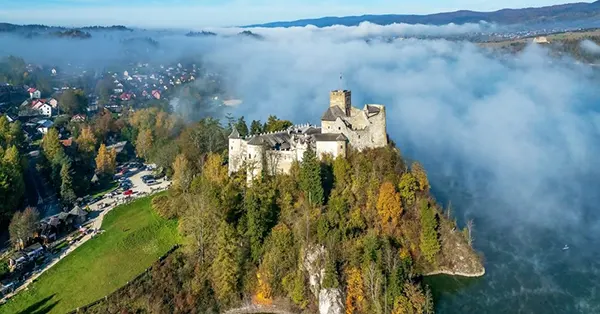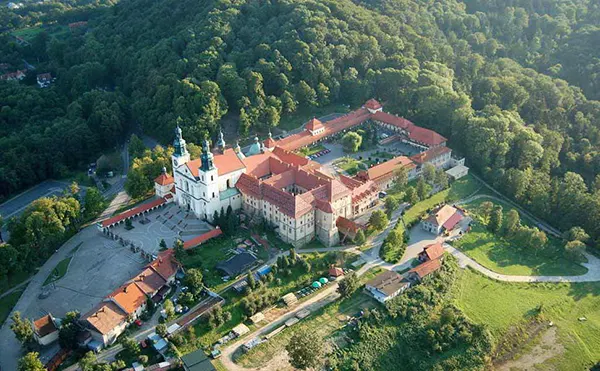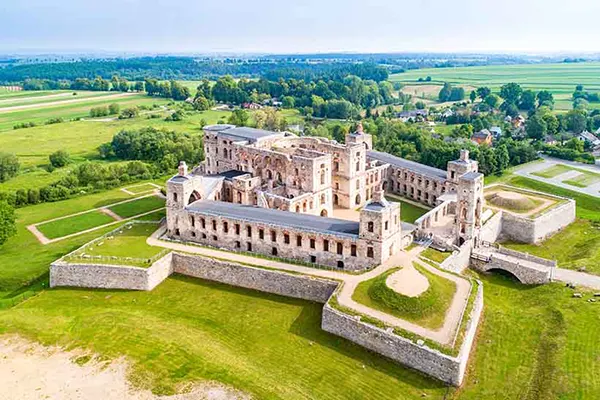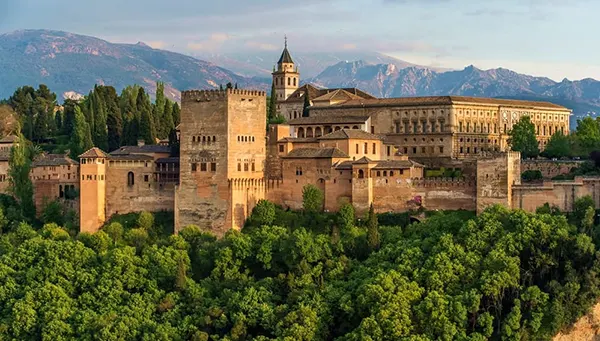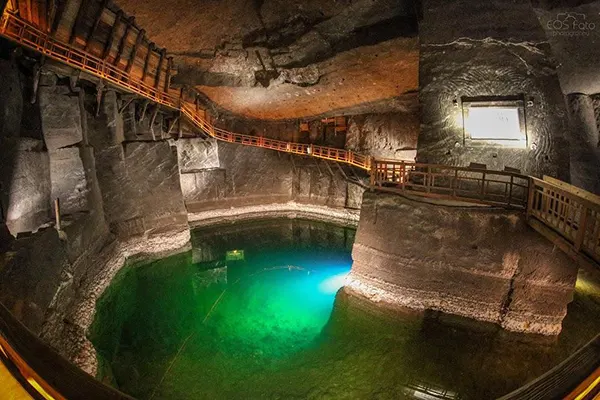
Kopalnia Soli w Bożkowie – The Forgotten Treasure of Lower Silesia
Kopalnia Soli w Bożkowie is one of the most mysterious and overlooked heritage sites in Lower Silesia. While places like Wieliczka have long attracted global attention, Bożków’s abandoned salt mine remains largely undiscovered by tourists. Yet, beneath the quiet village lies a labyrinth of history, forgotten technology, and haunting legends that whisper of a time when the mine was alive with purpose.
Subterranean Architecture and Historical Mining Technology
Bożków’s salt mine is a true archaeological marvel. The tunnel systems date back to the 17th century, carefully hewn into the rock using rudimentary tools. Unlike modern mechanised sites, the underground halls of Bożków carry visible marks of manual labour – from pickaxe grooves to timber support frames, many of which remain intact.
The layout of the mine resembles a complex underground city. Narrow corridors branch into larger chambers supported by wooden beams blackened by age and salt. The mine operated under difficult conditions, relying heavily on human and animal labour to transport materials to the surface.
Surviving mining carts, hand drills, and stone-carved ventilation shafts reveal the ingenuity and hardship of past generations. These preserved elements tell the story of early Polish mining traditions long before industrialisation.
Techniques and Daily Work Below Ground
Miners worked in long shifts by the dim light of oil lamps. The tools used were primitive but effective – iron chisels, wooden sledges, and hemp ropes were indispensable. Due to high humidity and salt exposure, tools and structures degraded quickly, demanding constant maintenance.
The workforce often included entire families. Men extracted the salt, while women and children helped with transportation and sorting. In some cases, horses were used underground, living in stables carved into the rock and seldom returning to the surface.
Safety was a constant concern. Cave-ins, flooding, and respiratory diseases were common. Despite these dangers, Bożków’s mine remained operational for centuries, driven by local demand and the vital role of salt in food preservation.
The Village of Bożków and Its Aristocratic Legacy
Bożków is a quiet village in the Kłodzko Valley, surrounded by forested hills and rich farmland. The village’s roots go back to medieval times, with documents from the 14th century mentioning it as a noble settlement. The mine played a central economic role for centuries, shaping local development.
One of the most prominent features of Bożków is its neo-Gothic palace – a monumental residence once owned by the von Magnis family. Built in the 19th century, the palace showcases ornate interiors, elaborate façades, and expansive gardens, reflecting the wealth generated in part by salt mining.
Though the palace has suffered neglect in recent years, it remains a striking symbol of the region’s aristocratic past. Some parts are accessible during seasonal tours, offering a glimpse into the opulence that once defined the area.
From Nobility to Decline
The mine and the palace were intertwined in the local economy and politics. The von Magnis family supported the mining industry and often employed locals in both the mine and palace grounds.
After World War II, the estate was nationalised, and mining operations ceased. The palace was repurposed multiple times, including as a school and public office, but much of its original grandeur was lost.
In the 21st century, there have been sporadic efforts to revitalise the site. Local historical societies are pushing for restoration, recognising the tourism potential and cultural importance of the village and its landmarks.
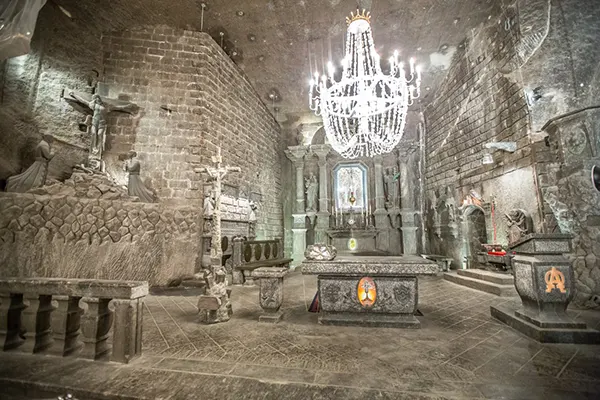
Legends, Mysteries and Hidden Secrets
Bożków’s mine is cloaked in legend. Locals whisper of underground chambers that were never mapped, sealed off due to collapses or hiding something more sinister. Some believe the Nazis used the tunnels to hide art or stolen goods during the final days of the war, though no formal evidence has been uncovered.
One enduring legend tells of a miner who vanished without trace, supposedly after uncovering a forbidden passage. Villagers say his cries can still be heard echoing in the mine at night. Others speak of a secret tunnel linking the palace and the mine, used for escape or clandestine transport during times of unrest.
Amateur explorers and history buffs often attempt to access the mine, but it remains officially closed due to safety concerns. Nonetheless, interest continues to grow, fuelled by mystery and the hope of uncovering something long lost to history.
The Future of a Forgotten Site
Efforts are underway to document and protect Bożków’s subterranean heritage. With modern scanning technology, parts of the tunnel network have been mapped, revealing their astonishing scale and craftsmanship.
Local activists and historians are advocating for partial restoration and the creation of an underground museum. There is hope that with adequate funding, Bożków can become a centre of niche tourism, attracting visitors interested in history, mining, and the unknown.
In June 2025, renewed calls were made to regional authorities to support preservation initiatives. While progress is slow, public interest is growing, and Bożków’s salt mine may yet emerge from the shadows of obscurity.

